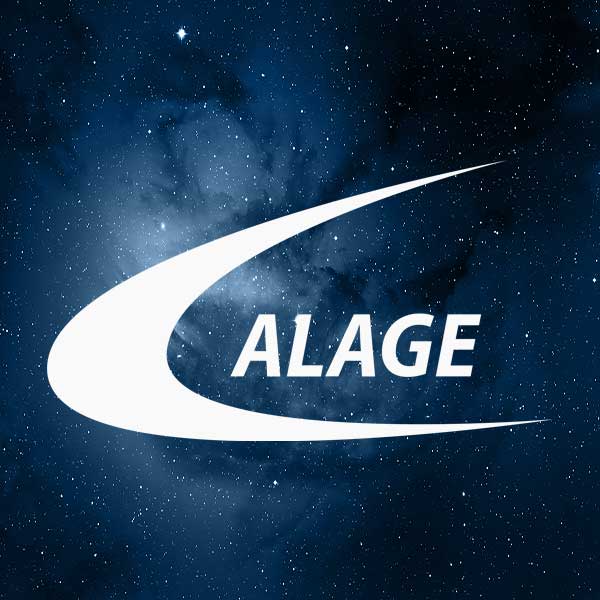Seminar: COSMIC-2 Mission Status and Science Highlights
Speaker: Dr. Jan-Peter Weiss, University Corporation for Atmospheric Research (UCAR), USA
When: São Paulo, Brazil Dec 9, 2020 at 14:00 BRT
Boulder, USA Dec 9, 2020 at 10:00 MST
Corresponding UTC Dec 9, 2020 at 17:00
Register in advance for this meeting:
https://zoom.us/meeting/register/tJwqc-urqDwsHtNG0AN1qzRm1ooAUudIzmTX
Abstract: We present FORMOSAT-7/COSMIC-2 (COSMIC-2) mission overview, status, and science highlights. COSMIC-2 is a program jointly managed by NOAA and NSPO. COSMIC-2 consists of a six satellite constellation in a 24-degree inclination orbit. The mission design life of COSMIC-2 is 5-years and is supporting numerical weather prediction, space weather monitoring, and trending climate change. There are three instruments on each satellite. The primary instrument (mission payload) is the Tri-GNSS Radio-occultation System (TGRS) developed by JPL, which produces more than 4000 radio occultation (RO) daily. The secondary payloads are the Ion Velocity Meter (IVM) and tri-band Radio Frequency Beacon (RFB). On June 25, 2019, SpaceX successfully launched COSMIC-2 on Falcon Heavy rocket on the US Air Force STP-2 mission. We have gone through early-orbit spacecraft and instrument checkout, neutral atmosphere calibration/validation, and are in the middle of space weather product calibration/validation. Throughout its mission life, COSMIC-2 will provide neutral atmosphere data products (bending angle, refractivity, temperature, geopotential height profile) and ionosphere data products (total electron content, scintillation amplitude and phase indices, and electron density profiles). All products are made available to the public. In addition to mission status, this presentation will share recent science highlights, future product release plans, and information on how to access COSMIC-2 data and products.

